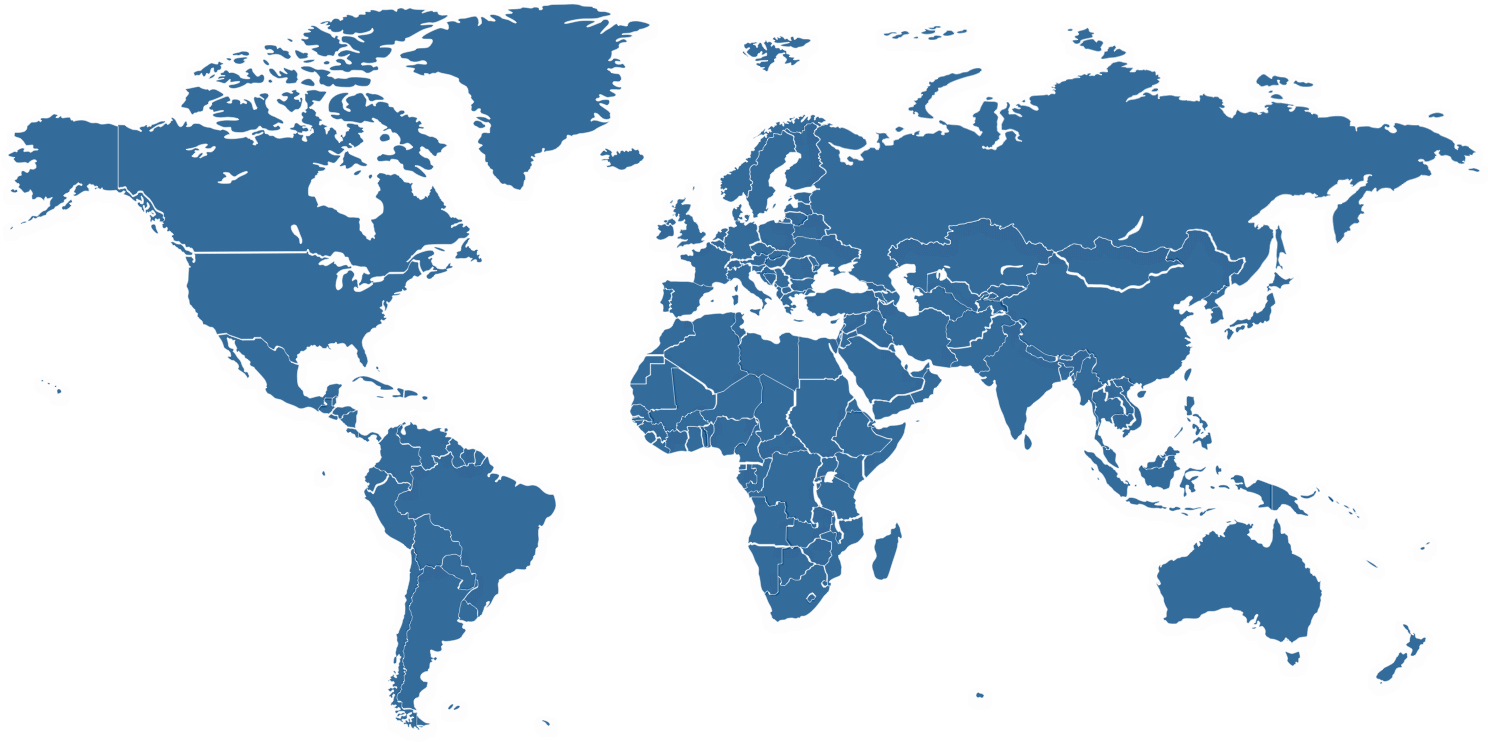As Syria enters a critical phase of post-conflict transition under a new government in 2025, healthcare reform has emerged as a central pillar of national recovery. This paper provides a comprehensive and timely analysis of Syria’s health system collapse—tracing its evolution from pre-war progress to wartime devastation and post-Assad fragmentation. It examines how conflict, institutional neglect, workforce depletion, and sanctions-related barriers have eroded access to basic services and deepened health inequalities, particularly in rural and marginalized regions.
Despite these challenges, the emergence of a new government offers a rare opportunity to rebuild the health sector as a vehicle for stability, legitimacy, and social cohesion. Drawing on the WHO’s health systems strengthening framework, the paper proposes a phased reform strategy focused on six core pillars: governance, financing, human capital, service delivery, supply chains, and information systems. It also highlights the importance of diaspora engagement, decentralization, and public-private partnerships in supporting sustainable recovery.
By analyzing both systemic barriers and early reform efforts, this study underscores the urgency of health sector renewal—not only to meet Syria’s humanitarian needs, but to lay the institutional foundations for peacebuilding, refugee return, and long-term development.


